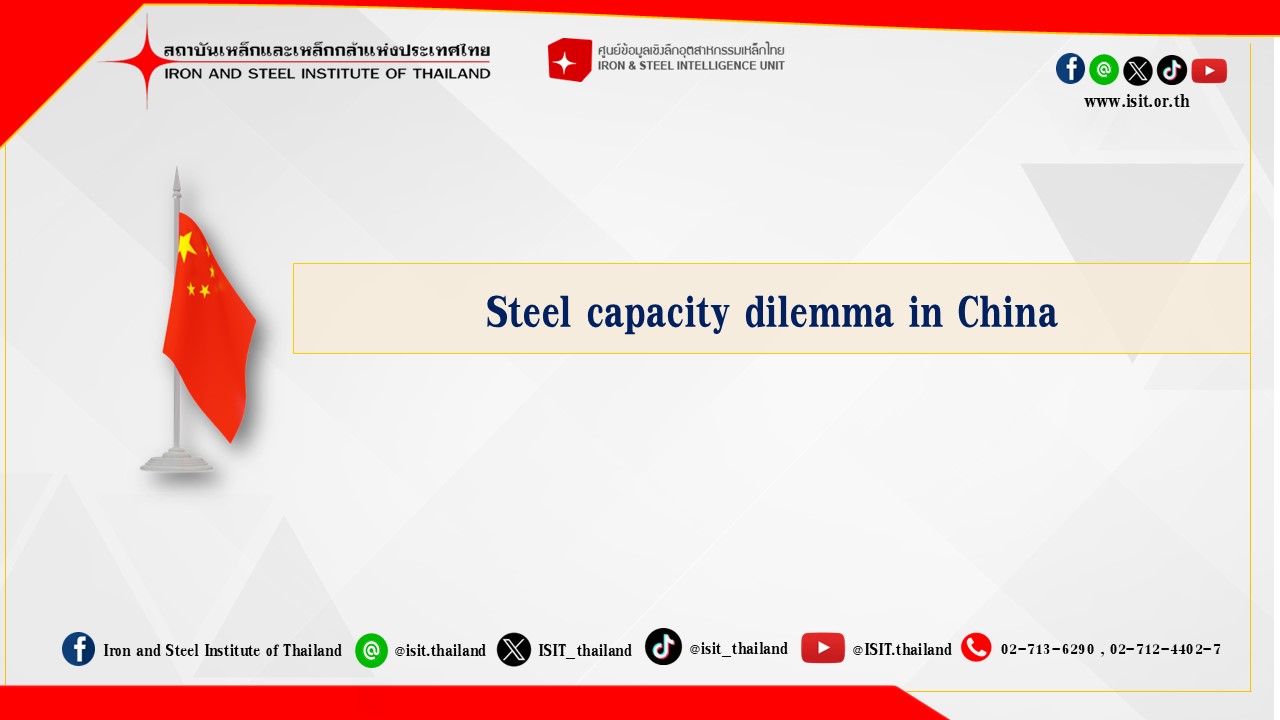
Steel overcapacity is likely to persist in 2025, as demand remained on a long-term downward trend amid growing property sector woes, industry sources said.
But more iron and steel making facilities were still under construction or were in the planning stage through capacity swap mechanism.
China suspended approvals for new steel capacity swaps from August to revise swap measures. But the move is deemed by the market as too late to curb capacity expansion, and the top priority for the industry is to find ways to reduce capacity that can lead back to healthy profit margins.
Commissioning new facilities must be predicated on closures of existing ones with slightly larger capacity, but some of the replaced facilities were no longer in operation long before 2020, and new facilities are also more productive than older ones, leading to a growth of pig iron and crude steel capacity over the past few years, market sources said.
Furthermore, several new pig iron and crude steel making facilities are planned to be commissioned mostly over 2025-2026, predicating on replacement of similar amount of existing capacity.
Some of these new projects are likely to be abolished eventually, as slowed demand has been weakening steel makers’ profitability, and denting their interest and ability for building new facilities. But even without further capacity expansion, the steel market is already facing growing overcapacity pressure that would need to be addressed sooner or later, said some market sources.
-- S&P Global Commodity Insights